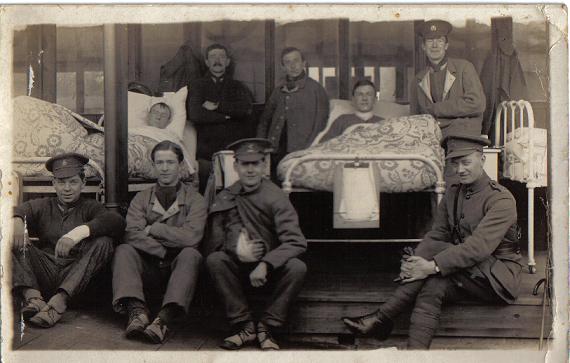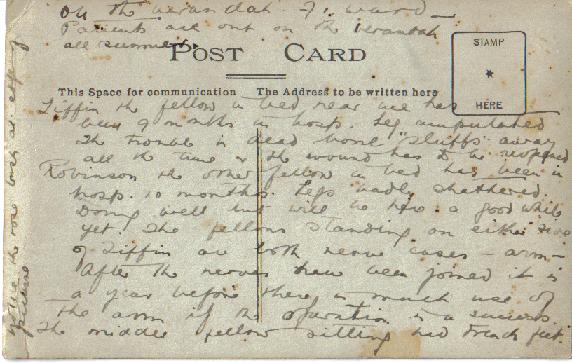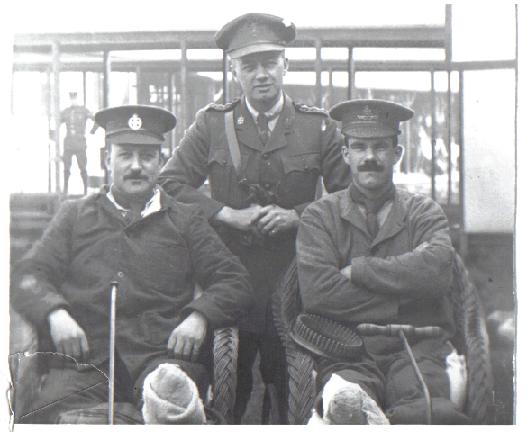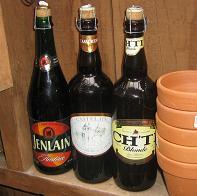 The trouble with charcoal grilling is that when the rain comes you can’t turn it off. Propane, on the other hand, has a nice dial that has a “0” setting. But there is the garden shed and, when it rains and you have visitors, it can turn out to be a delightful place to while away a late afternoon hour reading last week’s newspapers in the recycling bin, listening to AM radio and comparing a few examples of bieres de garde and saisons.
The trouble with charcoal grilling is that when the rain comes you can’t turn it off. Propane, on the other hand, has a nice dial that has a “0” setting. But there is the garden shed and, when it rains and you have visitors, it can turn out to be a delightful place to while away a late afternoon hour reading last week’s newspapers in the recycling bin, listening to AM radio and comparing a few examples of bieres de garde and saisons.
We opened the Ch’ti Blonde from Brasserie Castelain à Bénifontaine first, a gold ale called a saison (though French not Belgian) by the BAers but a biere de garde by Phil Markowski in his book Farmhouse Ales under a white mouse head that resolved to a froth and rim. It was the favorite of the set with cream malted milk, pear juice and nutty grain. Very soft water. I actually wrote “limpid cream of what graininess” but I am a little embarrassed by that pencil scribble. It gets a fairly poor rating from the BAers but maybe that is because they were not in a shed when they tried it. Castelain’s Blond (no “e”) Biere de Garde was drier but still creamy fruity, not far off the greatest example of a Canadian export ale. Light sultana rather than pear. Also dry in the sense of bread crusty rather than astringency. Lighter gold than the Ch’ti but, again, the rich firm egg white mousse head and far more BAers approve. By this time the shed dwellers had decided that steak could in fact be finger food and also that these ales were an excellent pairing with chunks of rib and New York strip. The Jenlain Ambree by Brasserie Duyck was another level of richness altogether, the colour of a chunk of deep smoked Baltic amber, the richest lacing I have ever seen left on a glass. Hazelnut and raisin, brown sugar and black current with a hint of tobacco. Lately I have been thinking that amber ales are the one style that could quietly slip away and never be missed. Placing this in the glass in the hand in the shed as the rain thumped on the roof and steak was eaten was an instructive treat as to what ambers can be, though 6% of BAers hesitate to be so enthusiastic.
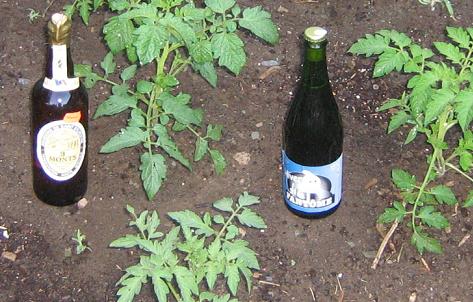
I think this is the worst photo I have ever posted so I will keep it tiny unless you choose to click on it for the full effect. Apparently there is a limit to the beery photographic arts and I have made it my own. The 3 Monts to the left was picked up at Marche Jovi in nearby Quebec for a stunningly low price of under six bucks. Plenty of malteser and pale malt graininess with yellow plum and apple fruitiness, straw gold with more of the thick rich head, cream in the yeast. The water was not as soft was either beer from Castelain but all BAers love it. By Brasserie De Saint-Sylvestre who also made this biere nouvelle. To the right, the Fantome Winter was one of the stranger beers I have ever had and, frankly, a disappointment. All I could taste was radish, sharp and vegetative, over and all around the insufficient malt. In my ignorance, I didn’t realize that was likely quite an aged beer as the happy BAers explain. Neither the cork or even label, with its unmarked best before portion, give a hint as to the year but that is all right as I suspect I will consider this just a lesson learned even though I generally love Fantome.
By this time there were stars and a breeze as the cold front finished moving through.



